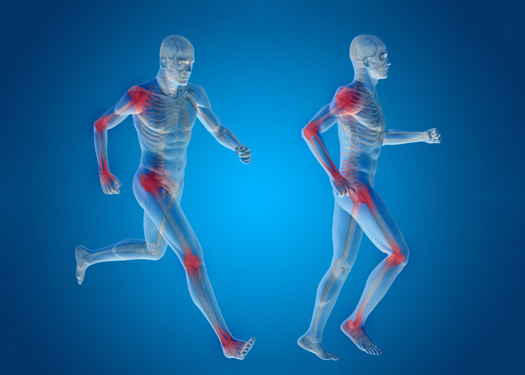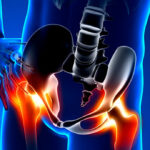Understanding Wrist Pain: Causes, Symptoms, and Treatment Wrist pain is a common complaint that affects individuals of all ages and backgrounds. It can be caused by various factors and can significantly impact daily activities. In this article, we will explore the causes, symptoms, and treatment options for wrist pain.





